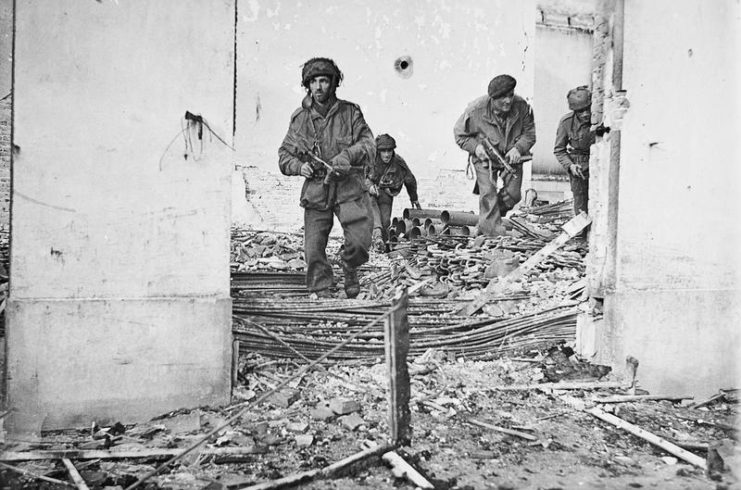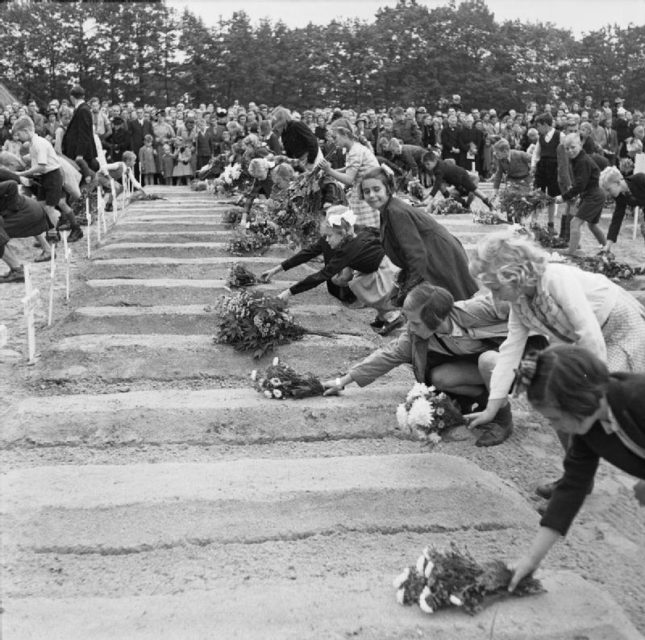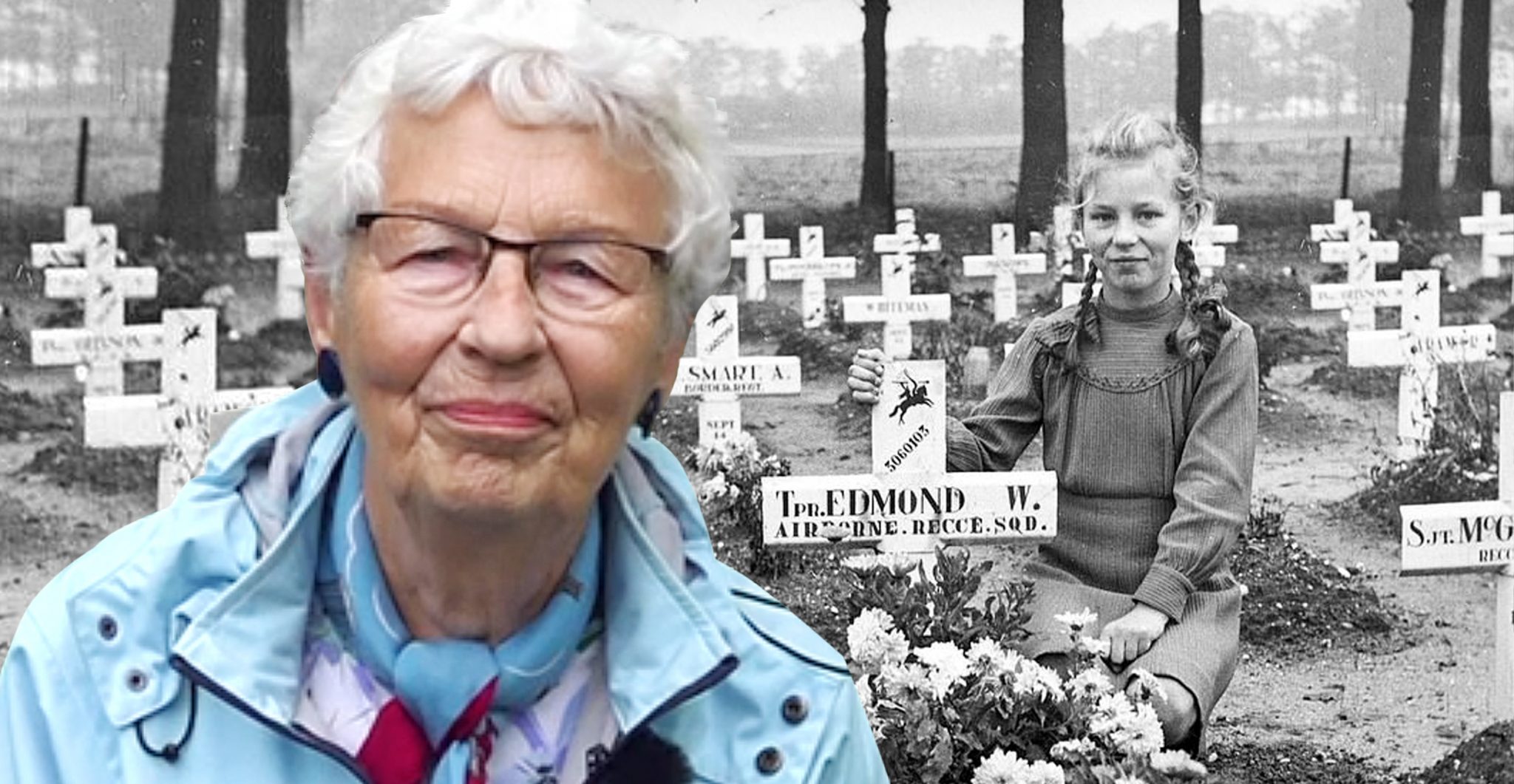Dutch flower girl Willemien Reiken was just nine years old at the end of the War in Europe in 1944.
She and her family had been caught up in the maelstrom of Operation Market garden as the Allies attempted to force the Nazi war machine back toward Germany.
After hostilities ceased Willemien Reiken was one of a thousand young people who laid flowers on the graves of the fallen soldiers in the first annual remembrance ceremony. She was assigned the grave of Trooper William Edmund, a Scottish soldier who hailed from Musselburgh, and for the next seventy-five years she continued to look after his final resting place.
She continued a tradition started after the war where children living in the vicinity of the battle were each given a grave to maintain. It was in the summer of 1945 when several hundred veterans attended the first commemoration, which was repeated for years up until the 25th anniversary in 1969.

At the time the Parachute Regiment proposed ending the event but local organisers, with support from the Arnhem 1944 Fellowship have continued the annual remembrance to this day.
In 2019, during the 75th Anniversary commemorations, Mrs Reiken gave an interview to the BBC in which she said as a flower girl she felt it was important to remember the sacrifice of the 1,700 servicemen who gave their lives in the battle that raged through her village and the town of Arnhem.
Oosterbeek is a small town close by Arnhem in the Netherlands and is the site of the Airborne, or Arnhem Oosterbeek War Cemetery. It was established in 1945 and is run by the Commonwealth War Graves Commission. It holds the remains and memorials to more than 1764 WWII casualties of the battle to capture the Rhine crossing points.
Casualties continue to be unearthed in the surrounding fields and on construction sites. The Allied withdrawal meant that many of the dead and dying were abandoned on the battlefield. While some were buried in shallow trenches, others were dumped into mass graves by the counter-attacking Germans.
One such earthwork was discovered in the garden of Kate Ter Horst in the weeks following the end of the war. She returned home and found that the ground behind her house, which had been used as a first aid post, held the graves of fifty-seven servicemen.
In 2005 and 2006, two Allied airmen were discovered in shallow graves and were reinterred with their former comrades in the cemetery. It is thought that there remain more than 130 bodies still unaccounted for from the Battle of Arnhem, and the fight to liberate the city the following year.

The cemetery is populated by Polish, Australian, Canadian and New Zealand soldiers alongside the British contingent. There are 8 Dutch and 244 as yet unidentified unknown soldiers. German casualties were interred in the SS Heroes Cemetery following the battle but were removed to a German war cemetery in Ysselsteyn in the years following the war.
The secretary of the Arnhem 1944 Fellowship, Niall Cherry, said in a statement announcing the death of flower girl Mrs Reiken that, ‘She was one of the last surviving Dutch civilian links to the Battle of Arnhem. Willemien was a lovely lady who tended to the grave of Trooper Edmund for many years. She will be sadly missed.’
Another Article From Us: Historic D-Day Railway Station Visited by Churchill, de Gaulle & Eden up for Sale
Operation Market Garden was a daring attempt to cut short the war by taking key river and canal crossings and forcing a bridgehead into Northern Germany. At Oosterbeek, the 156th Parachute Battalion were cut down to 150 men, holding off attack after attack by German units unaware the men they were fighting were in full retreat.
After eight hours of constant bombardment, seventy-five soldiers managed to break through German lines to re-join their Allied comrades on the other side of the village.
